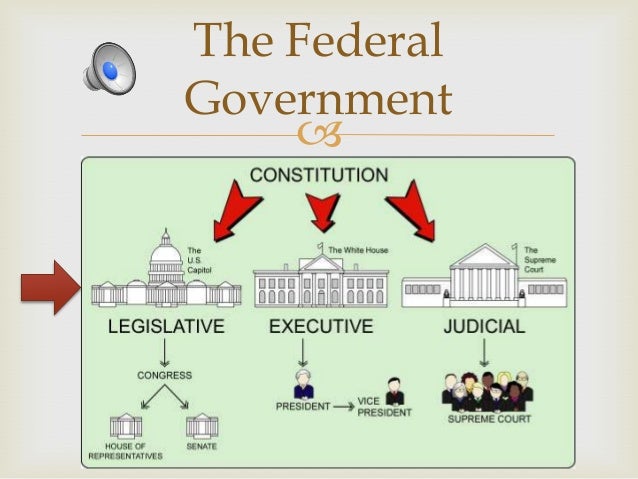“It is beyond debate that freedom to engage in association for the advancement of beliefs and ideas is an inseparable aspect of the ‘liberty’ assured by the Due Process Clause of the Fourteenth Amendment, which embraces freedom of speech. . . . Of course, it is immaterial whether the beliefs sought to be advanced by association pertain to political, economic, religious or cultural matters, and state action which may have the effect of curtailing the freedom to associate is subject to the closest scrutiny.” 1 It appears from the Court’s opinions that the right of association is derivative from the First Amendment guarantees of speech, assembly, and petition,2 although it has at times been referred to as an independent freedom protected by the First Amendment.3 The doctrine is a fairly recent construction, the problems associated with it having previously arisen primarily in the context of loyalty-security investigations of Communist Party membership, and these cases having been resolved without giving rise to any separate theory of association.
Freedom of association as a concept thus grew out of a series of cases in the 1950s and 1960s in which certain states were attempting to curb the activities of the National Association for the Advancement of Colored People. In the first case, the Court unanimously set aside a contempt citation imposed after the organization refused to comply with a court order to produce a list of its members within the state. “Effective advocacy of both public and private points of view, particularly controversial ones, is undeniably enhanced by group association, as this Court has more than once recognized by remarking upon the close nexus between the freedoms of speech and assembly.” 5 “[T]hese indispensable liberties, whether of speech, press, or association,” 6 may be abridged by governmental action either directly or indirectly, wrote Justice Harlan, and the state had failed to demonstrate a need for the lists which would outweigh the harm to associational rights which disclosure would produce.



